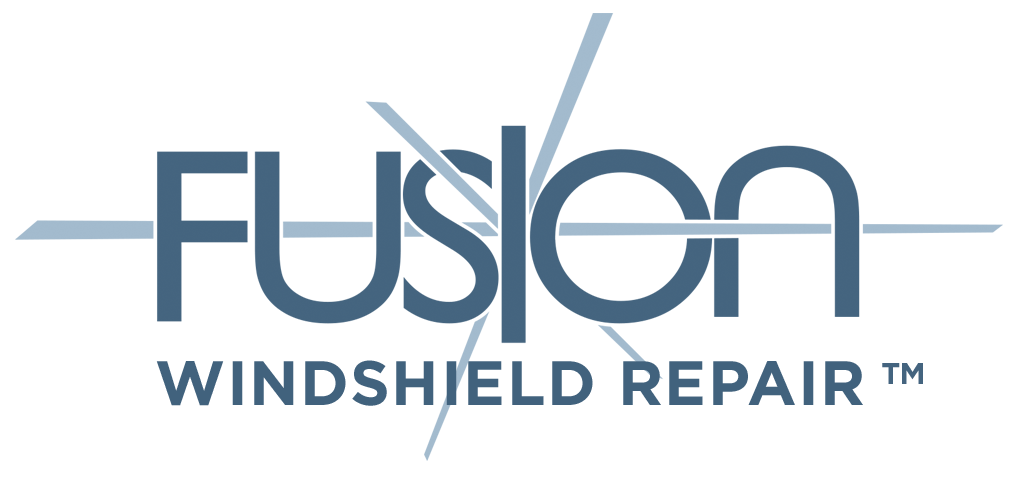Mobile Windshield Calibration
At Fusion Windshield Repair, we understand the importance of ensuring your vehicle’s driver assistance systems are functioning properly. That’s why we offer mobile windshield calibration services that come to you! Say goodbye to the days of setting aside time to take your vehicle to a repair shop or waiting for hours to get serviced. We have your back.
Windshield calibration refers to recalibrating windshield-mounted cameras. Windshield recalibration ensures that your camera is properly aligned and that your car’s safety and driving assistance features work correctly. When driving, your camera detects your vehicle’s lane position, speed, distance from other vehicles, and other related information that can help prevent accidents.
Without proper calibration, your vehicle’s safety features may not work correctly, leaving you and your passengers at risk. You may misjudge distances to other vehicles or pedestrians, leading to potential accidents or collisions. For example, a misaligned camera in a collision avoidance system may fail to detect obstacles accurately, compromising its ability to alert you when necessary.
Many drivers do not realize that their vehicle’s safety features, including the windshield cameras, require periodic recalibration to function properly. In most cases, people assume that not disconnecting the camera during a windshield replacement eliminates the need for windshield recalibration. However, this is a myth. If the camera is not properly aimed after servicing, it could fail in an emergency.
The good news is that Fusion Windshield Repair makes it easy for you to recalibrate your camera sensor on-site. Our professional technicians come to you, providing hassle-free windshield calibration services for your safety and peace of mind.
If you’ve recently replaced your windshield, we highly recommend scheduling our windshield calibration service. Our services ensure the proper functioning of your driver assistance systems and help you avoid potential hazards on the road! Check out our blog on frequently asked questions about windshield calibration.
Don’t wait until it’s too late. Protect yourself and your passengers by scheduling mobile windshield calibration. Contact us via a phone call or text at (385) 645-1899. Our team will be happy to answer any questions you may have and schedule your appointment. At Fusion Windshield Repair, we put your safety first.
